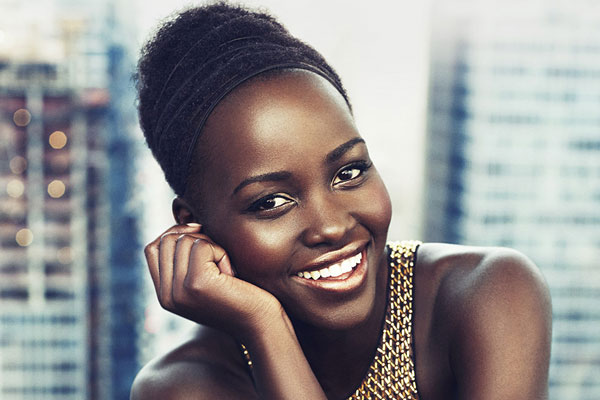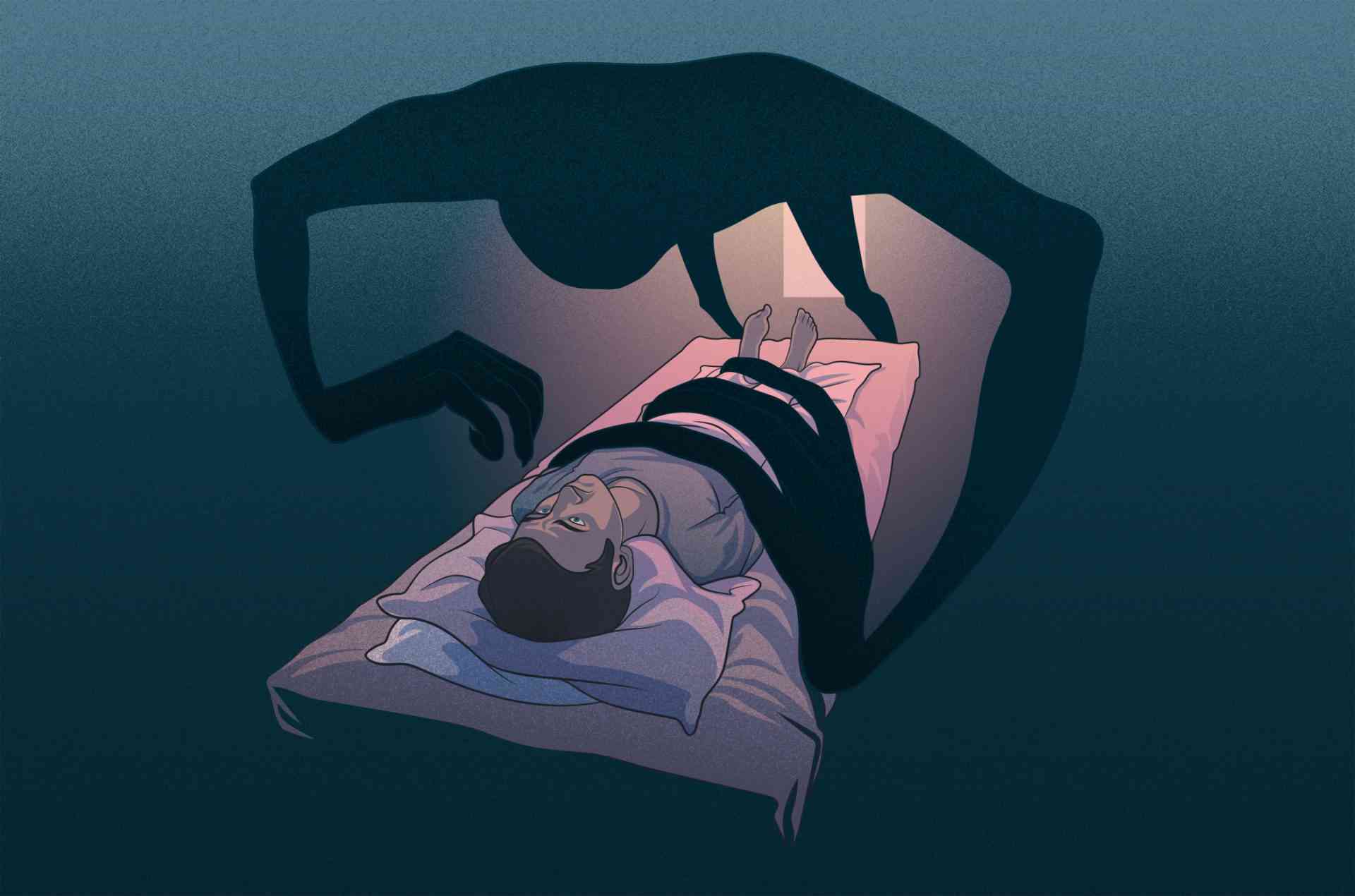
MY dark-skinned friend is continually telling me that people with a skin tone such as hers will in the not-too-distant future become quite rare to come by. She wonders if she should also join in the bleaching craze and achieve the fairer skin tone that many people are striving for. I keep assuring her that she needs not do such a thing as she is beautiful the way she is. I give examples of Lupita Nyong’o, a dark-skinned 34-year-old actress of Kenyan descent who has made it considerably big in Hollywood partly because — I would like to believe — of her natural look, or the ebony models that are fast-changing the face of the international catwalk. Sadly, as much as I continue to try to be the voice of reason in her life in a desperate bid to help her become more comfortable in her skin, I fear I may be losing the battle as she seems to be getting more determined to also start bleaching.
view point By Chipo Masara

It is this struggle to keep my friend as far away as is possible from skin-whitening products that has forced upon me the sad realisation that skin-bleaching has become quite a serious problem in Zimbabwe, almost as much as it is in West African countries — from where most skin-whitening creams and lotions are finding their way onto the Zimbabwean market.
For me, the biggest part of the skin-bleaching problem is that it sends the message that “black is ugly and white is beautiful”. It paints a pitiful picture of a people that are not happy with their natural, often chocolate skin colour and would rather trade it all for the borrowed fairer skin shade.
While the practice has been going on for years, and years, it has mostly been confined to ladies, and in most instances commercial sex workers. I always joked when I saw the ladies whose faces would have taken an orange tone from years of aggressively applying cheap lightening creams, that it probably helped them catch the eyes of potential customers sooner than their dark-skinned competition. But that was when we could afford to joke about it. We cannot anymore. Today, the skin-bleaching practice has reached such unprecedented levels that even men are believed to have joined in the craze. More worrying is that the country’s celebrities, men included, have embraced the skin-bleaching culture, making it quite the norm in the showbiz industry. Most of the celebrities that are said to be bleaching their skin are respected in their different fields and command a huge following that consist of young children that look up to them as their role models. While they always deny it when they are faced with the question of whether they bleached their skin, the major shifts in their skin tones tell a different story. A sudden shift from ebony to fair skin cannot be credited on good soap or good food. One is left to conclude that the artists who are bleaching believe that their talent alone will not cut it and they need the fair skin to go with it — which to them is a better look that could get them the global recognition they desperately need.

The growing perception among most black people that fairer skin is more beautiful has given room to the rise in the skin-whitening cosmetics market, which is now a multi-billion dollar industry. The health risks that are associated with the skin-bleaching products — most of which dermatologists believe can eventually cause skin cancer as they are said to attack the skin’s natural protective melanin — seem to be the least worry for the “DIY yellow bones”. All that seems to matter is that much sought-after fairer shade. One only needs to see how men troop to the corner where the light-skinned women would be sitting to know what I mean.
Psychologists have linked the skin-whitening craze to mental slavery whereby even though most black people are now supposedly free from white colonial rule, they still consciously or subconsciously look up to white people as being a more superior specie. Some call it an inferiority complex. Worryingly, decades after being freed from the colonial system — by which time people would have been expected to have overcome the curse of mental slavery — many black people are evidently still bowing down to everything Caucasian or European. It would then seem the effects of colonialism are so deeply entrenched they are set to affect even future black generations.
But the problem is not only confined to Africa. In the US, most African Americans have been bleaching their skin for years. In fact, so big is the problem there that some reportedly take to using the skin-lightening creams on their young children, in order to “position them at a better place in the world as they grow up”. Thus, most black Americans believe the chances of being noticed or acquiring opportunities when one is dark-skinned are much lower than they are if one is of a fairer shade. Nobel prize-winning author Toni Morrison in an essay that appeared in the New Yorker after Donald Trump was elected the US president, titled Mourning for Whiteness, wrote that most African Americans thought that being white was better.
- Chamisa under fire over US$120K donation
- Mavhunga puts DeMbare into Chibuku quarterfinals
- Pension funds bet on Cabora Bassa oilfields
- Councils defy govt fire tender directive
Keep Reading

In Europe, skin bleaching is reportedly also happening at a considerably large scale among the black people living there, in spite of the strict restrictions in the countries there on the sales of products containing hydroquinone—used as a topical application in skin whitening to reduce the colour of skin. In England for instance, one can go into any black beauty salon and quite easily purchase bleaching creams and lotions. As is the case in the US, most black people there have been socialised to believe that a fairer skin that resembles that of white people will get them noticed more and hence afford them better opportunities. Whether or not it is true, I do not know.
It is, however, in Africa — a continent currently gripped by the “yellow bone” fever — that the practice is most worrying. It begs the question, if one is not allowed to freely be black in Africa, then where can they?
Feedback [email protected]











